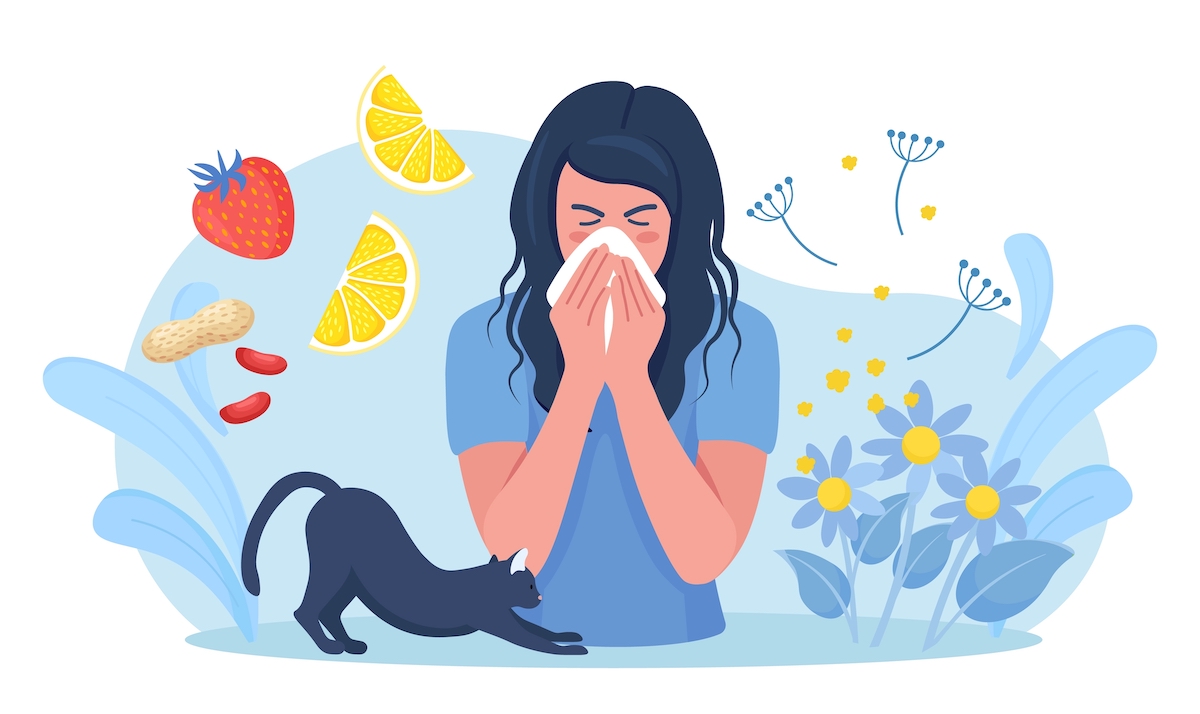Is it just a cold/upset stomach/rash or is there something I might be allergic to? That’s the big question, right? About 50 million Americans suffer from one or more allergies, and 90,000 of them end up in the emergency room with anaphylaxis. If this isn’t shocking enough: allergic conditions are one of the most common health problems in children each year – approximately 40% of the children in our country suffer from some type of allergy. Knowing how to recognize an allergic reaction in yourself or those around you and what to do about it is incredibly important.

Types of Allergies & How Common they Are
Allergic reactions happen when the immune system overprotects the body against substances. These substances are called allergens. When someone is having an allergic reaction to an allergen the immune system releases antibodies that send the message “Get rid of that substance!” to the cells. The cells release histamine, which causes different reactions in your body – like releasing allergy symptoms. You can be allergic to almost everything, there are rare cases of people allergic to sunlight or water (including their own sweat and saliva). The most common types of allergies include:
- Food allergies, like peanut, seafood, or lactose
- Skin allergies, poison ivy/oak or hives
- Indoor allergies, like animal dander or dust mites
- Outdoor allergies, like hay fever or mold spores
- Drug allergies, like penicillin or morphine
- Latex allergies
- Insect allergies, like bee stings or spider bites
When someone suffers from an indoor or outdoor allergy, they often suffer from multiple allergies—for example, hay fever and animal dandruff. You can come in contact with allergens, via the mouth, skin, eyes, nose, or stomach. The most common allergies in the United States are hay fever (8%) and food allergies (10.8%). All allergies cause different reactions. Continue reading on the next page and discover which symptoms usually accompany common allergies, like food allergies, skin allergies, and many others.

